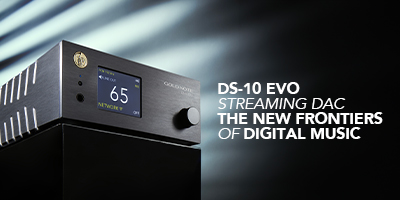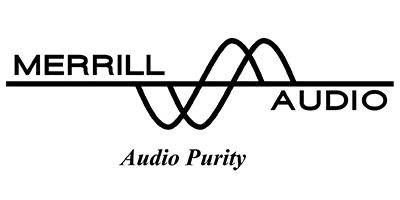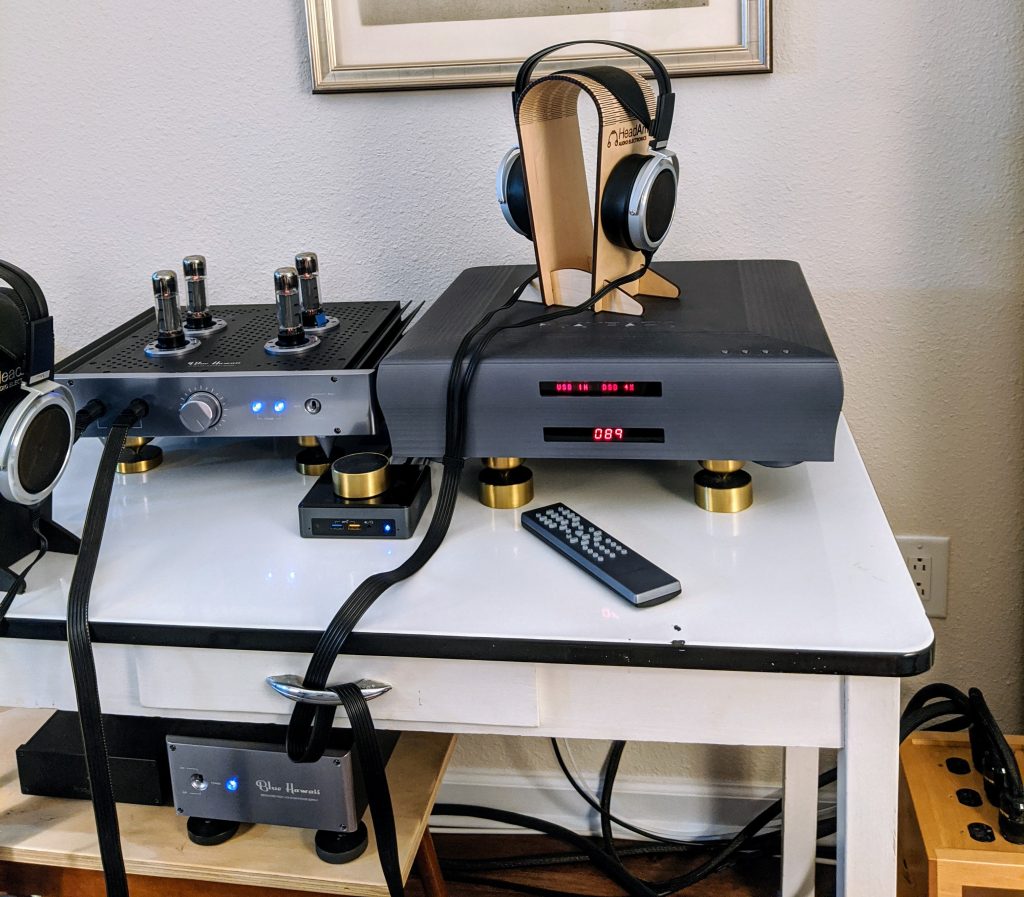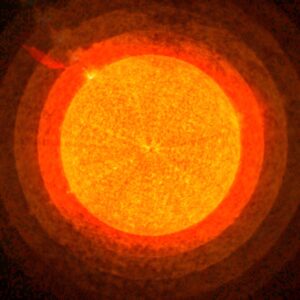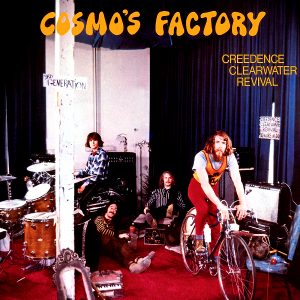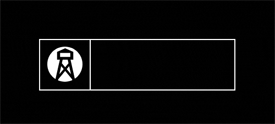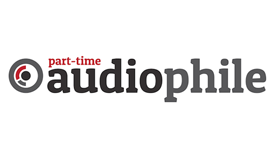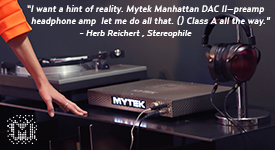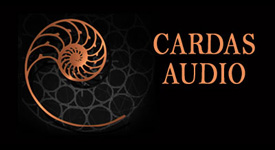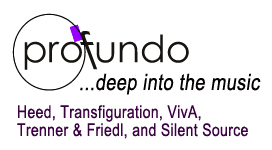Tom Peeters is celebrating the 25th Anniversary of Cobra Records, which he founded in the fall of 2000. As founder, recording engineer, mastering engineer, and producer of nearly 100 exquisite albums released on the Cobra Records label over these years, Tom has many accomplishments for which his work should be celebrated. And he thanked. His album releases have consistently highlighted excellent performing artists, delightful music, great performances, and superb audio quality over all of these years. Tom's Cobra Records albums are some of the most natural and realistic recordings of classical music available. I have listened to, and reviewed, almost all of them.
To celebrate Cobra Records' 25th Anniversary, Tom is releasing a 25th Anniversary Producer's Choice sampler album. It will be released in September and includes some of his early releases recorded in DSD64 tracking channels. These releases used the best technology of that time, DSD64 tracking channels, mixing and mastering in PCM, and releasing the final mix in DSD64.
Since Tom has the opportunity to remaster the tracks selected for these sampler albums, he has decided to do so using the best tools he has available today. And that means Pure DSD mastered from the original DSD tracking channels and created individually for all of the DSD deliverable rates.
The Tauno Marttinen Concertos album, released in 2014, is one of the albums from which Tom selected a track for the 25th Anniversary Sampler Vol. 1. He shared it with me as a preview, and between Tom Peeters and Tom Caulfield (NativeDSD), they explained what they were doing. Tom Peeters agreed that I can share this with Positive Feedback readers, along with a free download of the comparison files described below...
Tauno Marttinen, Concertos. Cobra Records 2014 (DSD64, Stereo, MCh) HERE
The file that Tom selected to remaster is track 3, the "Allegro Vivace" third movement from Marttinen's Violin Concerto. The new 2025 re-mastering of this track was made as follows:
1. Working from the Pure DSD64 tracking channels stored in his archives (16-channels), two different mixes were created: the first in DXD using the Pyramix Digital Audio Workstation; and the second in Pure DSD256 using HQ Player Pro, with no PCM.
2. The mix created in DXD using Pyramix determines the levels and panning of the various input channels as well as the EQ curves Tom wanted to apply. The DXD output from Pyramix is a perfectly useable DXD edit master.
3. The channel levels, panning, and EQ that Pyramix had applied in creating this DXD edit master were transcribed and sent to Tom Caulfield at NativeDSD.* Tom Caulfield then copied those Pyramix value settings into HQPlayer Pro, providing it with the information needed to accomplish a mix that would mirror the mix done in Pyramix. He then ran the identical Pure DSD64 tracking channels through an HQPlayer Pro project, with those translated value settings, to create a Pure DSD256 edit master. DSD in, mixed in the DSD domain, and DSD out—with no PCM in the process. This is Pure DSD256.
The overall volume and EQ of these two sample files are as close a match as we could make them.
4. The Pure DSD256 edit master file is is what you will hear if you get the new 25th Anniversary Producer's Choice sampler album when it is released later this fall. And, it is what is included in the free comparison samples download below.
Using exactly the same process, Tom Caulfield will additionally create for the sampler album alternate resolutions files in DSD64, DSD128, DSD512 and DXD. All of these resolutions will be available as options with the final released sampler album, and all will have been independently derived from the same original DSD64 tracking channels.
Free Sample Comparisons Download...
This free download includes two files for comparison, both from the identical 16 original DSD64 tracking channels. These are both first generation edit master files, but in different formats, as follows
A - the DXD (352.8kHz 32-bit PCM) edit master file generated in Pyramix, and
B - the Pure DSD256 edit master file mixed entirely in the DSD domain in HQPlayer Pro, with no PCM. Because no PCM was used at any stage in recording or mastering this file, this is called Pure DSD.
The volume levels of the two files are as close as we could subjectively match them—there are a lot of variables affecting the perceived volumes. If one seems louder to you, please adjust to where you think the volume levels are most well matched.
I intentionally have not included a DSD256 file output from the DXD edit master. We've already done that (see the article Mixing in Pure DSD, No PCM Allowed). Moreover, a DSD256 file from a DXD edit master would be a second generation file. In this article I want to focus on the best that can currently be made as first generation edit master files.
Click here to download the sample files.
Download the sample files and listen to both A and B. What do you hear?
I'll share with you what Ann and I hear when we listen to these comparison files in our system. But before you read our assessment below, please be sure to have first listened for yourself. Don't let our comments color your own assessment.
...Ready?
...Ready?
...Ready?
What Ann and I hear when we compare these files
Okay, you've now listened for yourself, right? If so, here we go...
When Ann and I compare these files we hear two primary differences. We hear these two primary differences consistently across all comparisons we've made between DXD and Pure DSD256 iterations when made from the same DSD tracking channels.
First primary difference: The Pure DSD256 file has a richer, more redolent sound to the instruments. And overall greater transparency, greater clarity, greater resolution. It additionally sounds to my ears more like real music; but to Ann she thought it sounded almost "too good" to be real. Another friend with astute hearing commented: "I thought the Pure DSD256 file was the more musical of the two and it was my preference. To me the DXD was a bit brighter and maybe had more "punch," but didn't draw me in as much as the Pure DSD256. With the Pure DSD256 file, I could close my eyes and almost imagine being at the performance."
Is it a dramatic difference? No, but it is noticeable and consistent across listening sessions. The Pure DSD256 file just brings the music closer to us. The DXD, by comparison, has a very subtle "fuzz" around it. It is like looking through a window with just a bit of haze over the surface in comparison to the utter transparency of the Pure DSD256.
Second primary difference: The Pure DSD256 file has more dynamic range and steeper wave fronts on transients. There is more jump factor in the volume transitions, both in a steeper gradient of change and in absolute volume. This difference in dynamics is not only in the maximum crescendos, although it is most apparent there. It is also in the micro-dynamics, those smaller interim changes in volume that occur throughout a passage but which are so important in imparting a truth-to-life in the music reproduction.
I asked Tom Caufield about this difference we were hearing in the dynamic range between the DXD and the Pure DSD256. And he told me, “Oh yes, the measured dynamic range of the Pure DSD256 mix is 2.8dB greater than that from the DXD mix.” We worked hard to get the average levels the same between the two files. But the Pure DSD256 mix has a measured 2.8dB greater dynamic range.
These differences are NOT present when listening to a DSD file that is the output from a DXD master. When output from a DXD edit master (as are most commercially available DSD files), the DSD file carries with it the sound characteristics of the DXD edit master. The differences in dynamics and transparency that we describe here are with Pure DSD files, where no PCM has been involved.
Concluding Observations and Comments
1. How your DAC processes the digital signal will make a difference. What you hear in your system is not guaranteed to match what we hear. It is the classic case of "your mileage may vary."
2. Ann and I consistently hear greater clarity, transparency, and dynamics in Pure DSD256 files over both our Playback Designs MPD-8 and Teac UD-501 DACs. The sonics are consistent across both DACs. Subjectively, the Pure DSD256 files just make us feel closer to the music; the sound is more natural, more real. We get similar reports from audio friends using different DACs than ours. So, we do not believe what we are hearing is DAC-specific. We think the differences are truly a difference in the Pyramix PCM processing versus the Pure DSD.
3. Pyramix has some "magic" processing going on deep inside the Philips core coding engine that makes things sound a bit more processed, but possibly more pleasing, to the Philips engineers' ears from 30-years ago when it was developed. It is subtle, but I believe there is some compression going on. I hear this every time I compare 24-bit to 32-bit Pyramix files, and when comparing Pure DSD files to either of the Pyramix PCM files. This is why the DXD sample download provided is the 32-bit file. How your system handles those extra 8-bits will affect what you hear on your system. My system simply truncates to 24-bits, but does no other filtering.
* For those who may be interested in how these Pyramix values were extracted, Tom Peeter's son, Pepijn, created a script that extracts the information in Pyramix, calculates the resulting values, and then outputs a pipeline table for use in HQPlayer Pro. This means the resulting Pure DSD mix exactly matches a DXD render from Pyramix.
Other Related Articles
A Conversation with Tom Peeters, Cobra Records (2021)
Stunning Binaural Recordings from Tom Peeters at Cobra Records, with free sample download
Mixing in Pure DSD - No PCM Allowed, with free sample download
Get the Master Tape Listening Experience with Pure DSD256, with free sample downloads
Pure DSD256 Large Orchestra Recording, with free sample download

